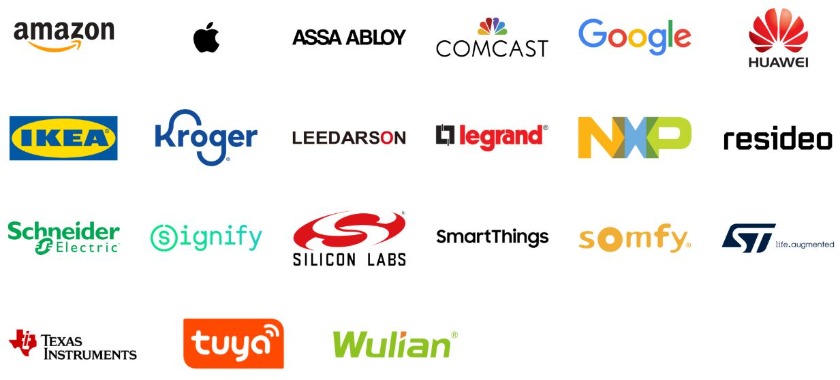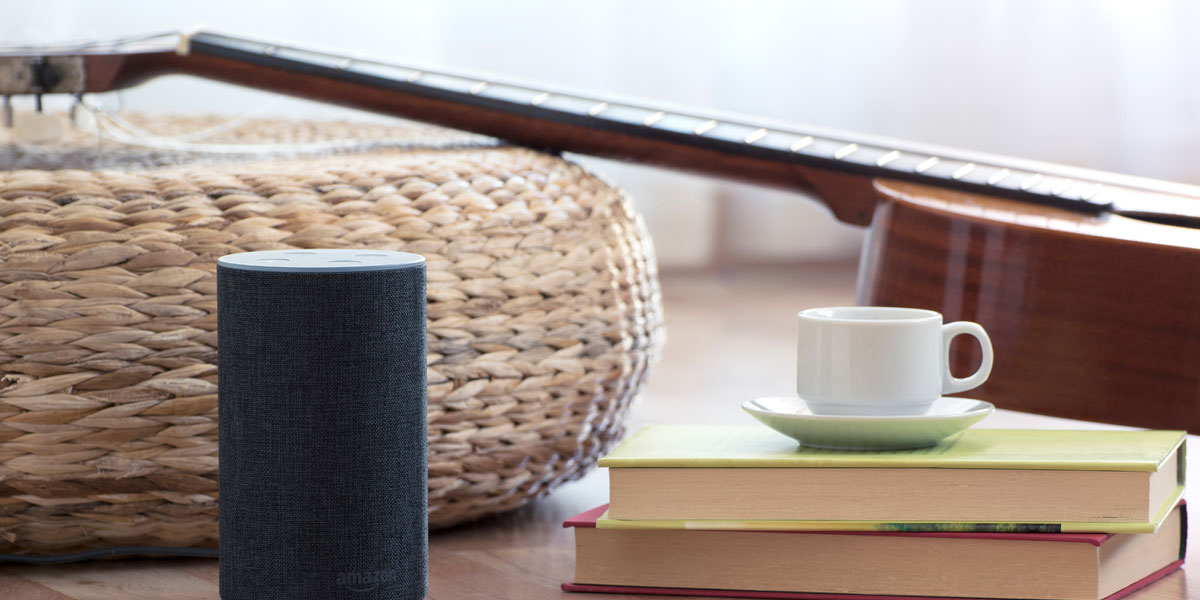At its Smart Home Summit this year, Google confirmed plans to make Matter – the new smart home standard – compatible with its newer Nest thermostats, hubs, and network gear. Interestingly, the company will also extend this standard to its Android smartphones. What is the aim? To create a single, unified approach that smart home device manufacturers should follow to have their devices work with all ecosystems. Google has already incorporated the Matter standard into its ecosystem to enhance the smart home experience for both developers and users.
In another instance, Amazon recently announced its support for Matter in its Echo devices and Eero Wi-Fi routers. The goal remains the same: To bring simplicity, interoperability, reliability, and security to smart homes globally. With such major leaps, what will the launch of this standard (expected in 2022) mean for smart home device manufacturers globally?
Run-through: What is the Matter standard?
Matter, the new smart home standard claims to offer reliable, secure connectivity and certify that IoT devices will work seamlessly together. Formerly known as Project Connected Home over IP (CHIP), this interoperability protocol aims to establish a common language and common interaction model across smart home devices and ecosystems.
Furthermore, companies from around the world are contributing market-proven technologies and best practices to make Matter standard a collaborative breakthrough. All members of Connectivity Standards Alliance (CSA, formerly Zigbee Alliance) are chipping in to accelerate the development of Matter. These include technology giants like Amazon, Google, and Apple. Additionally, over 200 other smart home device manufacturers including Ikea, Legrand, NXP Semiconductors, Resideo, Samsung SmartThings, Schneider Electric, and Philips Hue are now a part of CSA.

Source: Build With Matter
The role of smart home device manufacturers in Matter’s success
There is no denying that the Matter standard is a big deal. This is reflected in smart home device manufacturers’ strong commitment to make it a reality. So, here’s how manufacturers can enable effective deployment of the protocol across the smart home ecosystems.
1. By strategically transitioning to an open-source, royalty-free standard implementation:
Smart home device manufacturers use a GitHub repository to create an open-source reference design and software development kit (SDK). As a result, they can market products faster, more reliably, and more consistent with the new smart home standard.
2. By leveraging existing IP (internet protocol) technologies:
As part of the CSA, the manufacturers already have mature device protocols in place. With the introduction of Matter, they can easily build on existing, proven technologies and solutions including Thread and WiFi. Additionally, this will open up the possibility of backward compatibility. The previous devices will most likely be compatible with Matter standard via over-the-air firmware updates. For instance, Philips Hue confirms that it will update existing lighting to the new protocol.
3. By moving away from silos of fragmented networks:
With no dominant standard over the past two decades, smart home device manufacturers fell into the trap of device network fragmentation. Today, they do not want to create yet another device network standard with multiple sets of unique IPs. Instead, manufacturers are vouching for Matter – a lingua franca for device communication over any IP-bearing network.
New standard, new reality: The way forward for manufacturers
What is the biggest challenge that the smart home ecosystem faces today? Hypercompetitive nature of technology companies. Smart home technology has become a hotly contested market among the tech giants in recent years. For instance, Amazon’s Alexa and Google’s Assistant are considered to have carved up the largest share of the market.
Smart home device manufacturers have often had to choose a particular voice assistant with which to make their device compatible. For example, a smart speaker may work with Alexa, but not be compatible with Siri. This is where Matter proves its usefulness for manufacturers.
With the Matter standard:
- Current smart home products should continue to work, even after the new standard is brought in. Connected devices from renowned brands that already work with WiFi, or soon will work with Thread, will be Matter compliant. Moreover, this translates into less electrical wastage as consumers can transition from one smart home assistant to another without having to re-purchase new gadgets.
- As so many manufacturers join forces, the growth opportunity will be substantially bigger for them all. Hardware and software suppliers as well as product development support companies can focus on gaining skills on fewer technologies and platforms. Thi opens aa bigger market for them – with less risk. Consider the success of AUTOSAR (AUTomotive Open System ARchitecture). Founded in 2003, this global partnership of vehicle manufacturers, suppliers, and technology companies continues to enforce interoperability and reduce R&D expenditures. Matter standard, too, is a collaborative effort to achieve effective market-oriented standardization.
- In 2022 and beyond, smart home device manufacturers will be able to build single-SKU IoT products. These products can plug and play with multiple networks and applications right out of the box. IoT devices will simply plug-and-play like USB peripherals, leading to a simple, efficient, and defragmented marketplace. The cost of IoT devices will likely drop as manufacturers build fewer SKUs at higher volumes.
What’s next?
In making Matter standard a reality, smart home manufacturers will differentiate their products based on features, quality, value, and services rather than building closed device ecosystems. The interoperability standard will create a common language for smart home devices. This will lead to greater innovation and improved consumer experiences. However, as manufacturers venture further into the standardized future of connected homes, they must ensure the Matter standard does not facilitate the exploitation of smart home devices by hackers.
The global smart home market is projected to grow from USD 84.5 billion in 2021 to USD 138.9 billion by 2026 at a CAGR of 10.4 %. For industry players still pulling their strings together, staying abreast with disruptive market and technology trends, and evolving consumer needs will be crucial in gaining lost momentum.
Netscribes’ technology and innovation research solutions enable businesses to meet the demands of the rapidly-evolving market. To learn how we can help you stay prepared for the next wave of technology requirements and the business landscape, contact us today.






